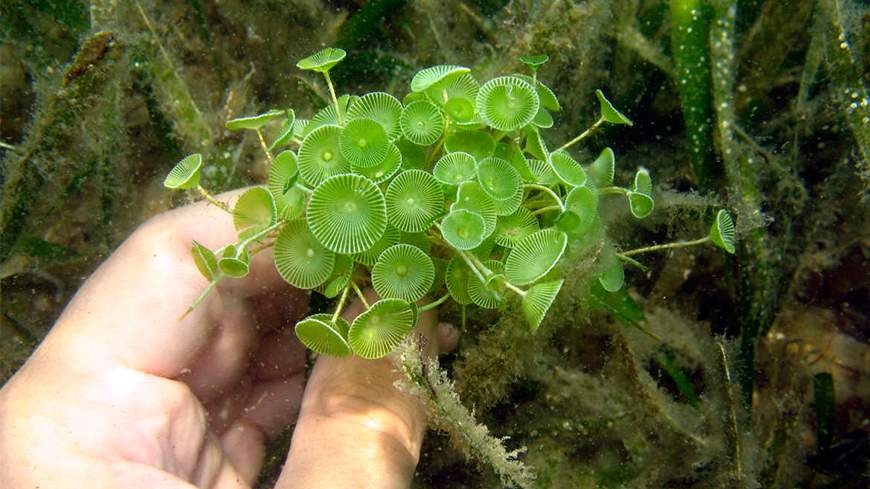
New algal species with ‘umbrella head’ discovered from Andaman and Nicobar Islands
After nearly four decades, a group of botanists from Central University of Punjab, Bathinda (CUPB) have discovered an algal species from the Andaman and Nicobar Islands.
Measuring as small as 20 to 40 mm, the stunning bright green algae, resembling an umbrella or a mushroom, has grooves on its cap measuring 15 to 20mm in diameter.
Named after the imaginary sea mermaid, Acetabularia jalakanyakae is very primitive and is a single-cell organism.
“Such single-cell organisms offer great learning opportunities for molecular biologists to understand the cellular processes,” said Felix Bast, head, Department of Botany at CUPB and lead author of the paper in the Indian Journal of Geo-Marine Sciences, published by the Council of Scientific and Industrial Research (CSIR).
Spotted in 2019 at the island, the CUPB team took about two years to identify and fully understand the morphology of this algae, for which extensive DNA sequencing was needed. Yet another characteristic about the newly-discovered species is that its nucleus forms a rhizoid structure, which facilitates the algae to attach itself to shallow rocks.
Acetabularia, the experts say, is highly regenerative in nature. “Even if one chops off the top portion, this algae can regrow,” they said.
The Andaman and Nicobar Islands are home to coral reefs and are rich in marine biodiversity. Like other islands and coastal areas around the world, these too face the threat of sea levels rising due to global warming.
As it is primarily a marine algae, the projected sea level rise due to global warming is not as much of a direct threat to its existence, the experts noted. “But due to climate change, the oceans are warming and there is increasing acidification — both of which could be harmful,” said Bast.


